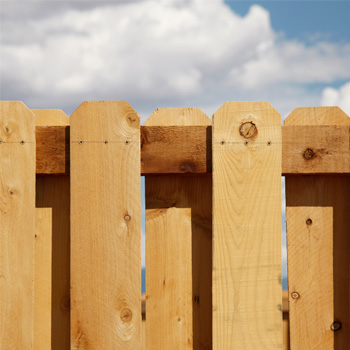Fencing for Multi-Unit or Strata Properties in Australia
Having the right fence is crucial in multi-unit or strata developments across Australia, whether they’re apartment complexes, rows of townhouses, or gated communities. These shared living environments require fencing solutions that strike a balance between security, privacy, and aesthetic consistency. At the same time, body corporate fencing rules, council fence regulations, and varying preferences among residents add extra layers of complexity.
Planning ahead can help owners and committees choose a fence that satisfies safety requirements, complements the property’s look, and respects strata property boundaries. The insights below touch on everything from dividing fences acts to recommended materials, providing a concise guide to fencing in communal residential settings.






